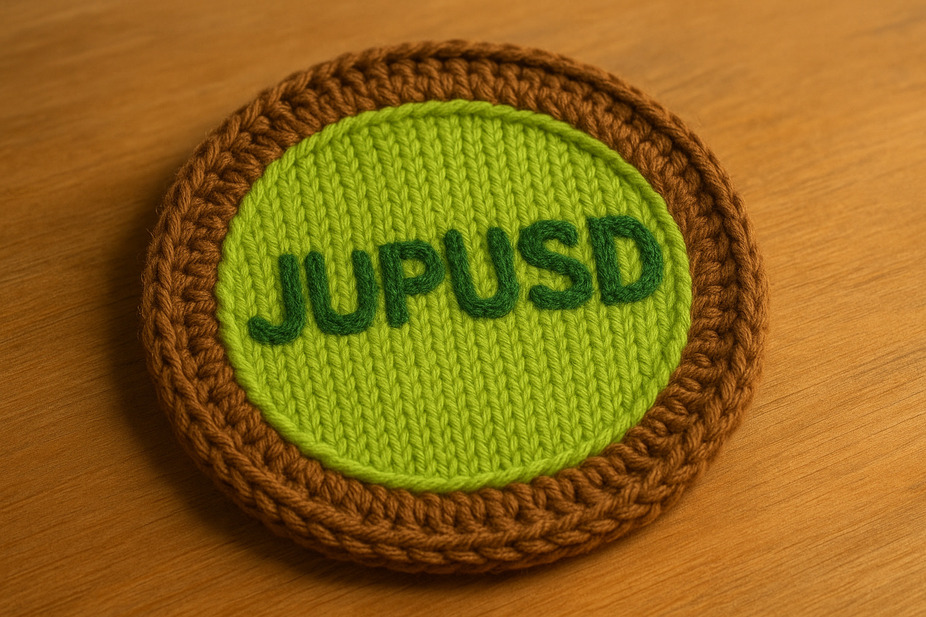Popular cryptos
Render Token
Download Ironwallet app and get tool for making transaction without network fee
About Render Token
The Render Network is pioneering the field of decentralized rendering solutions, leveraging GPU power to enhance the efficiency of creating animations, motion graphics, and visual effects. At the heart of this innovation lies the RNDR token, an ERC-20 utility token, which facilitates transactions within the network. This ecosystem comprises three integral elements: the creators who produce content, the node operators who supply GPU resources, and the OctaneRender software that processes the rendering. By harnessing the collective power of these components, the Render Network empowers creators with the ability to render complex images more swiftly and cost-effectively. In turn, node operators contribute their unused GPU capabilities to the network and are compensated in RNDR tokens, creating a symbiotic environment that drives forward the frontiers of rendering technology.
History of Render Token
Founded in 2017 by Jules Urbach, Render emerged as a transformative force in the realm of digital creation, particularly in the building of mixed reality experiences and 3D environments akin to the metaverse. Initially anchored to the Ethereum blockchain, Render epitomized the shift towards a democratized, peer-to-peer ecosystem for digital content production.
Urbach, also the founder of OTOY, brought to Render a legacy of innovation in cloud graphics, a field where OTOY’s technologies have been pivotal for filmmakers, video game developers, and pioneers in virtual reality and metaverse domains. Esteemed entities such as Disney and HBO have recognized and supported OTOY’s contributions to digital media production.
Since its origin, Render has operated under the aegis of OTOY, reflecting a blockchain adaptation of OTOY’s centralized cloud services. Yet, a strategic pivot occurred in January 2023 with the establishment of the Render Network Foundation, which took on the helm of strategic management, enhancing community engagement and oversight. While this transition marked a new chapter, OTOY, along with partners like Swatchbook and MR Studios, continues to play a crucial role in the engineering and developmental facets of Render, maintaining its legacy of innovation and technological advancement in the digital rendering space.
How Does Render Work?
Render operates as a digital conduit, linking computers with surplus GPU power to creators in need of rendering services. This system functions as a digital matchmaking platform, where creators submit their projects and pledge RNDR tokens based on the project’s requirements.
In the workflow of Render, creators initiate a job by selecting a pricing tier, balancing cost against speed and reliability of GPU resources. Render’s structure offers varied pricing levels, allowing creators to opt for quicker, more dependable service at a premium or choose cost-effective, albeit slower, options.
Assignment of tasks within the network hinges on the reputation of both the creators and the node operators, ensuring that reliable parties receive and complete the work efficiently. After job completion, creators review the output, with mechanisms in place for dispute resolution if the results fall short of expectations.
Notably, the Render Network conducts its financial transactions on the blockchain, yet the actual rendering tasks and their fulfillment are managed off-chain.
In an innovative financial twist, Render adopted a burn and mint equilibrium (BME) in January 2023, endorsed by its community. This mechanism entails setting job prices in fiat currency, requiring creators to buy RNDR tokens, either from the market or directly using existing tokens. A significant portion of these tokens is then burned, reducing supply, while a small fraction is allocated to the Render Network Foundation, fostering ongoing development. Conversely, new tokens are generated to compensate node operators, creating a dynamic balance between token supply and demand, thereby enhancing RNDR’s economic stability and value as a commodity asset.
RNDR Token
The RNDR token serves as the lifeblood of the Render Network, facilitating payment for services via the burn-and-mint equilibrium (BME) mechanism and enabling node contributors to be remunerated in RNDR. Additionally, it empowers community engagement in the protocol’s governance through a decentralized autonomous organization (DAO), where token holders vote on key decisions.
The economic structure of the RNDR Token is underpinned by a well-defined tokenomics framework, ensuring transparent distribution and a strategic burn-and-mint approach to uphold the token’s value and integrity. This meticulous management of RNDR Token supply fosters a balanced and durable environment, aligning the interests of both the network’s users and Node Operators.
Regarding the supply and allocation of RNDR Tokens, the network upholds a principle of transparency to safeguard the token’s stability and market value. Out of a total cap of 536,870,912 RNDR Tokens, an initial batch of 117,843,239 tokens was allocated following the public sale in October 2017. This deliberate and open distribution strategy is pivotal in maintaining the token’s value and ensuring the long-term viability of the Render Network’s economy.
Burn-and-Mint Model
The burn-and-mint model of the RNDR Token ensures a balanced and enduring ecosystem for rendering operations on the Render Network. Transactions for rendering services are conducted in dollars, leading to the corresponding burning of RNDR Tokens. To compensate, the network generates new tokens, rewarding participants who have completed the rendering tasks.
This methodical process maintains a steady balance between token creation and annihilation, effectively regulating the supply and demand dynamics of RNDR within the network. It’s a strategic approach to ensure the token’s stability and the sustainability of the rendering ecosystem, promoting a healthy economic environment for all participants involved.
Investment Potential and Risks
The RNDR Token represents a noteworthy investment opportunity within the blockchain and rendering industries due to its unique burn-and-mint equilibrium mechanism and its role in the Render Network’s ecosystem. Its utility in facilitating rendering services and its integral part in governance through a DAO suggest a demand-driven value proposition, enhancing its potential as a sustainable digital asset.
The transparency of its tokenomics, along with the strategic management of its supply and demand dynamics, adds to its integrity and potential for stability in value. The alignment with the growing sector of digital rendering and virtual environments, especially in areas like mixed reality and the metaverse, further underscores its relevance and potential for growth.
However, like any investment, RNDR Token carries risks, particularly in the volatile realm of cryptocurrencies and digital assets. Market fluctuations, technological advancements, and regulatory changes are factors that could impact its future performance. Therefore, while RNDR Token presents compelling aspects for investment, particularly for those interested in the rendering and blockchain spaces, it should be considered as part of a diversified investment strategy, taking into account the individual’s risk tolerance and investment objectives.

























